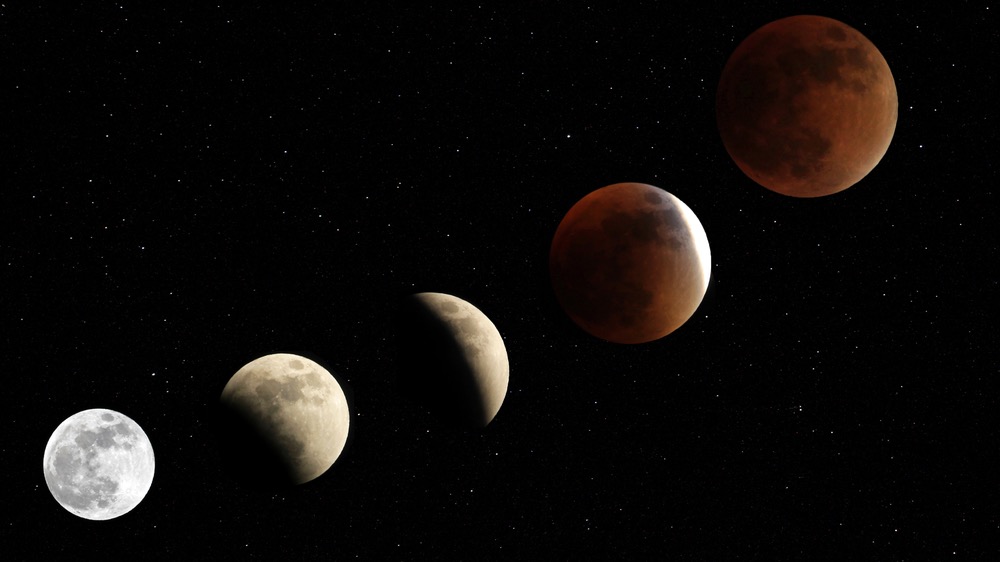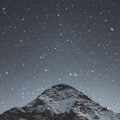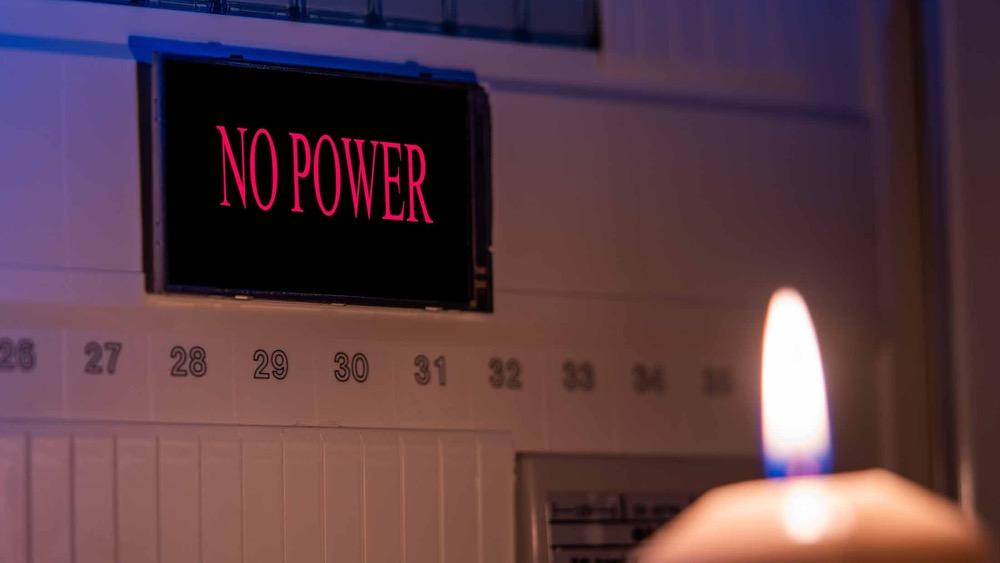Here is a celestial event that will entertain you on Sunday evening. If you have been referring to your copy of the Harrowsmith Almanac, you will know that there is a lunar eclipse in May — on the night of the full moon.
A lunar eclipse occurs when the Moon orbits through the Earth’s shadow. Our shadow extends far out into space but it is rarely visible. We see it only when “something” passes through it — like our moon.
It begins on Sunday evening (May 15 – the Ides of May) at 21:32 EDT. If you were on the Moon looking back at the Earth, you would see the Earth beginning to take a “bite” out of the Sun’s disk. To us on Earth, the amount of dimming of the Moon will be almost imperceptible. But as the Moon moves deeper into the Earth’s shadow we will begin to see a slight dimming on the left side of the Moon’s disk. This is called the penumbral phase of the eclipse.
At 22:27, Earth will completely obscure the sunlight as seen from the Moon. This is called the umbral phase. The only illumination on the Moon will be the light that scatters through our atmosphere. If the Earth’s limb is especially opaque due to cloud, the Moon may almost disappear, but more often it will turn a dim copper colour.
The Moon is in the centre of the Earth’s shadow just after midnight at 00:12 and will begin to leave the Earth’s umbra at 00:53, on Monday morning. It will be out of the Earth’s shadow at 01:55 and the official eclipse will be over at 02:50 in the morning.
Where does all this happen? It depends on where you live. In Ottawa, the Moon will be low in the east. For those east of Ottawa, the Moon will be higher in the sky, and for those west of Ontario, it will be lower in the sky. In British Columbia, the Moon will rise with the eclipse already in progress.
If the sky is clear, you will be able to see that the Earth is much larger than the Moon by noting the curved edge of the Earth’s shadow. It will appear a bit less than 4X the diameter of the Moon’s disk.
We can see other objects orbiting in the Earth’s shadow. If you watch artificial satellites, you may see them rising brightly out of the north, passing overhead then fading as they descend into the south. In this case, they are dimmed by the Earth’s shadow. Similarly, we may see them brighten high in the south and then pass into the northern sky in full sunlight.
Let’s hope it will be clear and we will have time to get out to see this sometimes–twice–a–year event.
The next lunar eclipse will take place November 7-8th, 2022.
One of Canada’s foremost writers and educators on astronomical topics, the Almanac has benefited from Robert’s expertise since its inception. Robert is passionate about reducing light pollution and promoting science literacy. He has been an astronomy instructor for our astronauts and he ensures that our section on sunrise and sunset, stargazing, and celestial events is so detailed and extensive it is almost like its own almanac.














